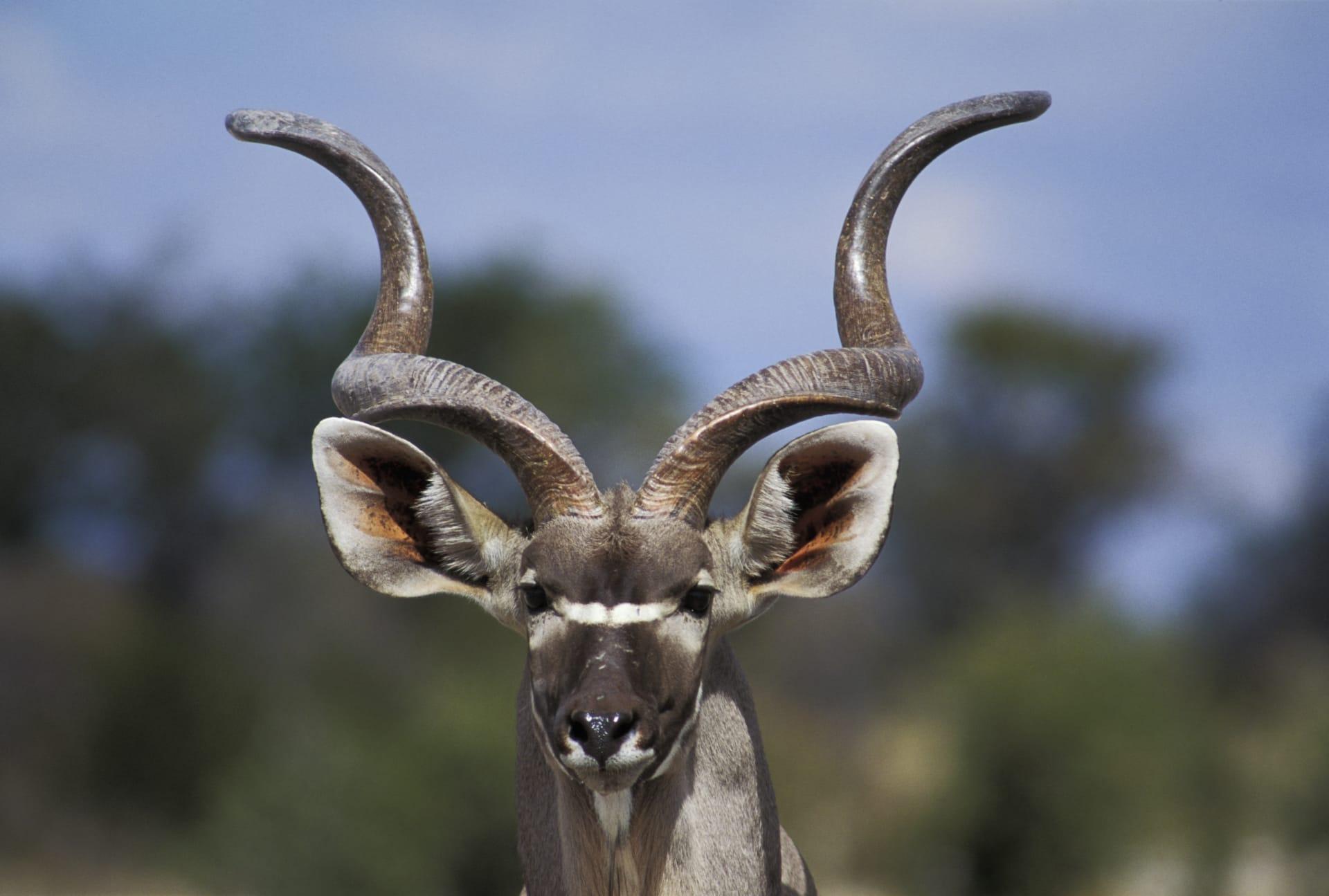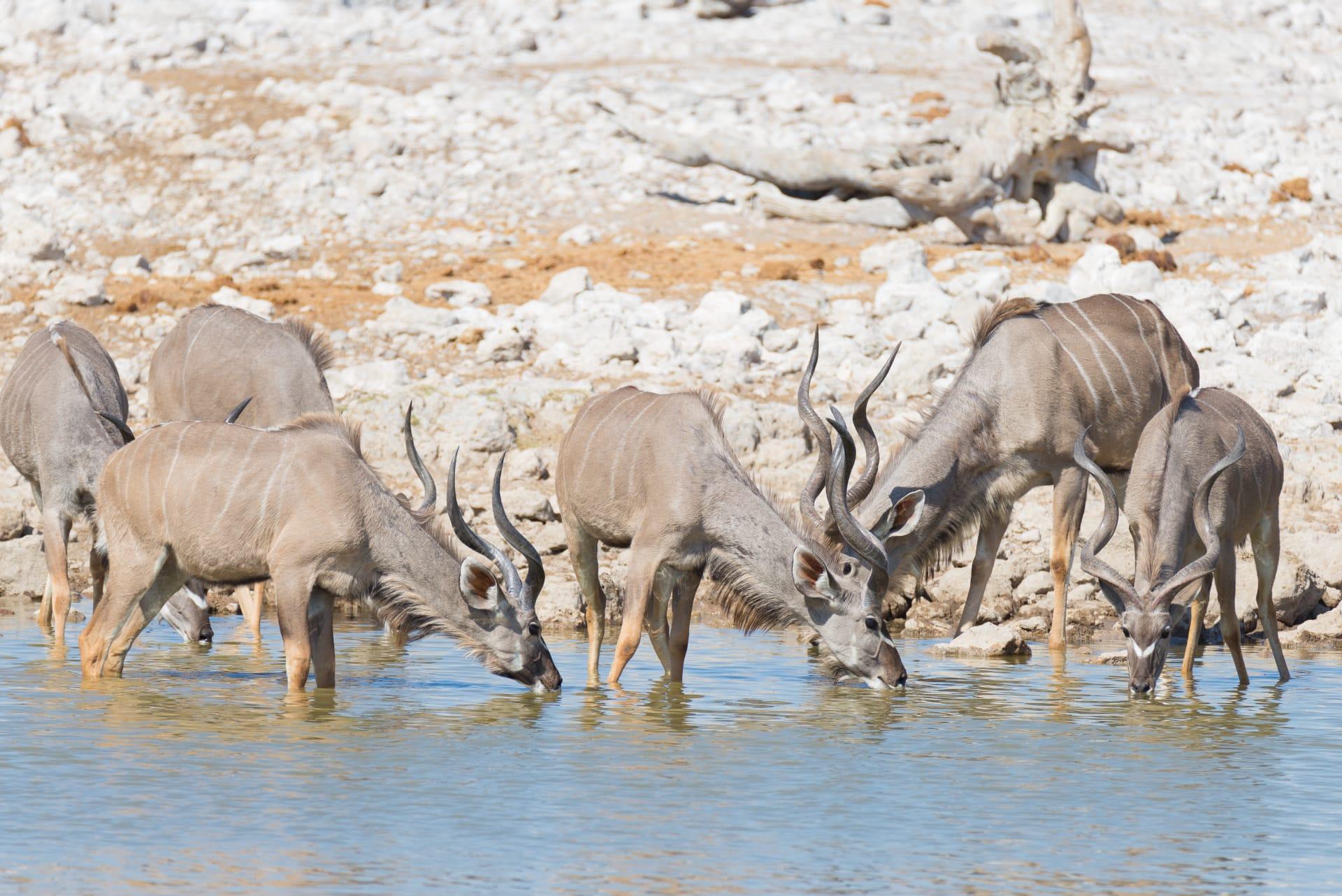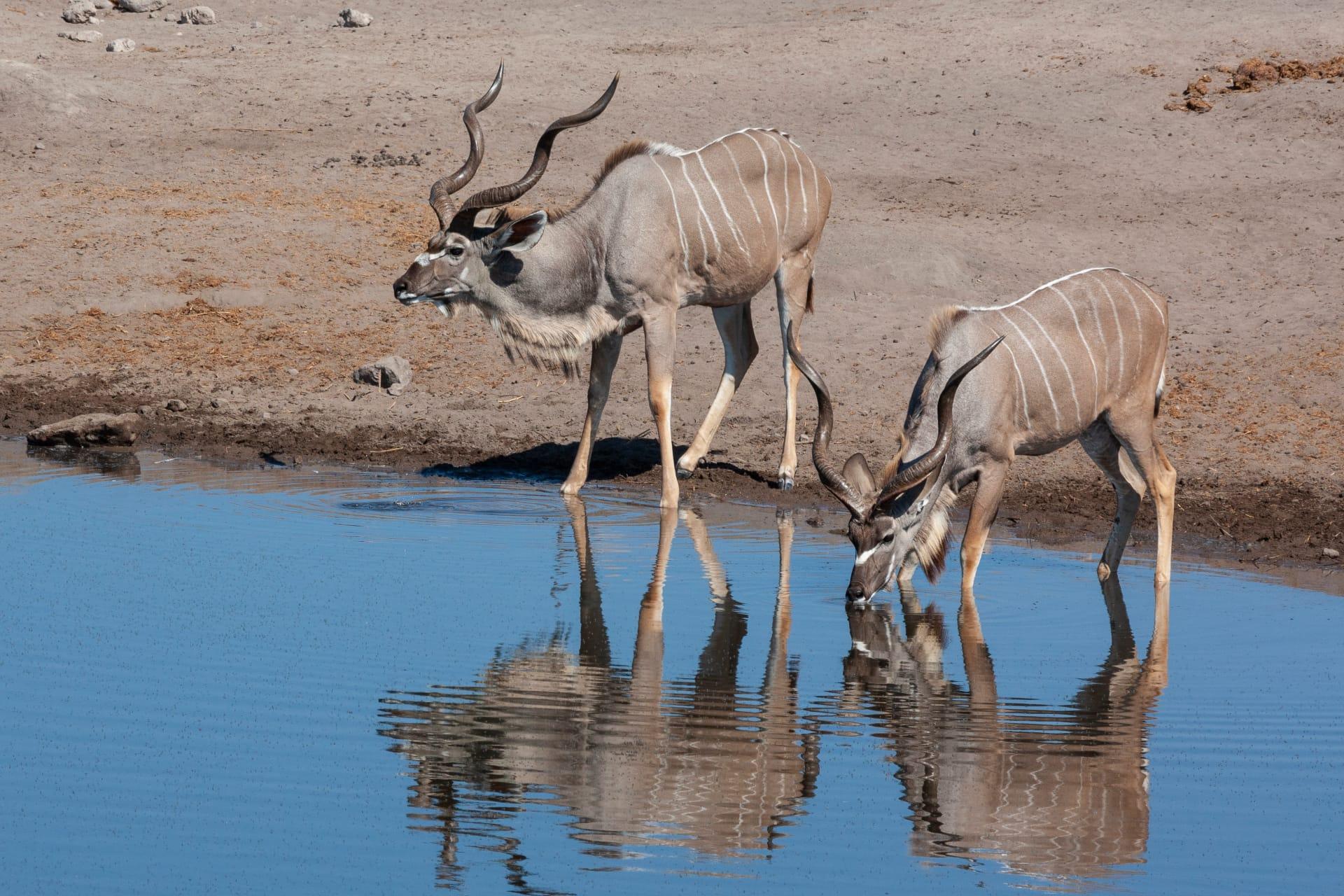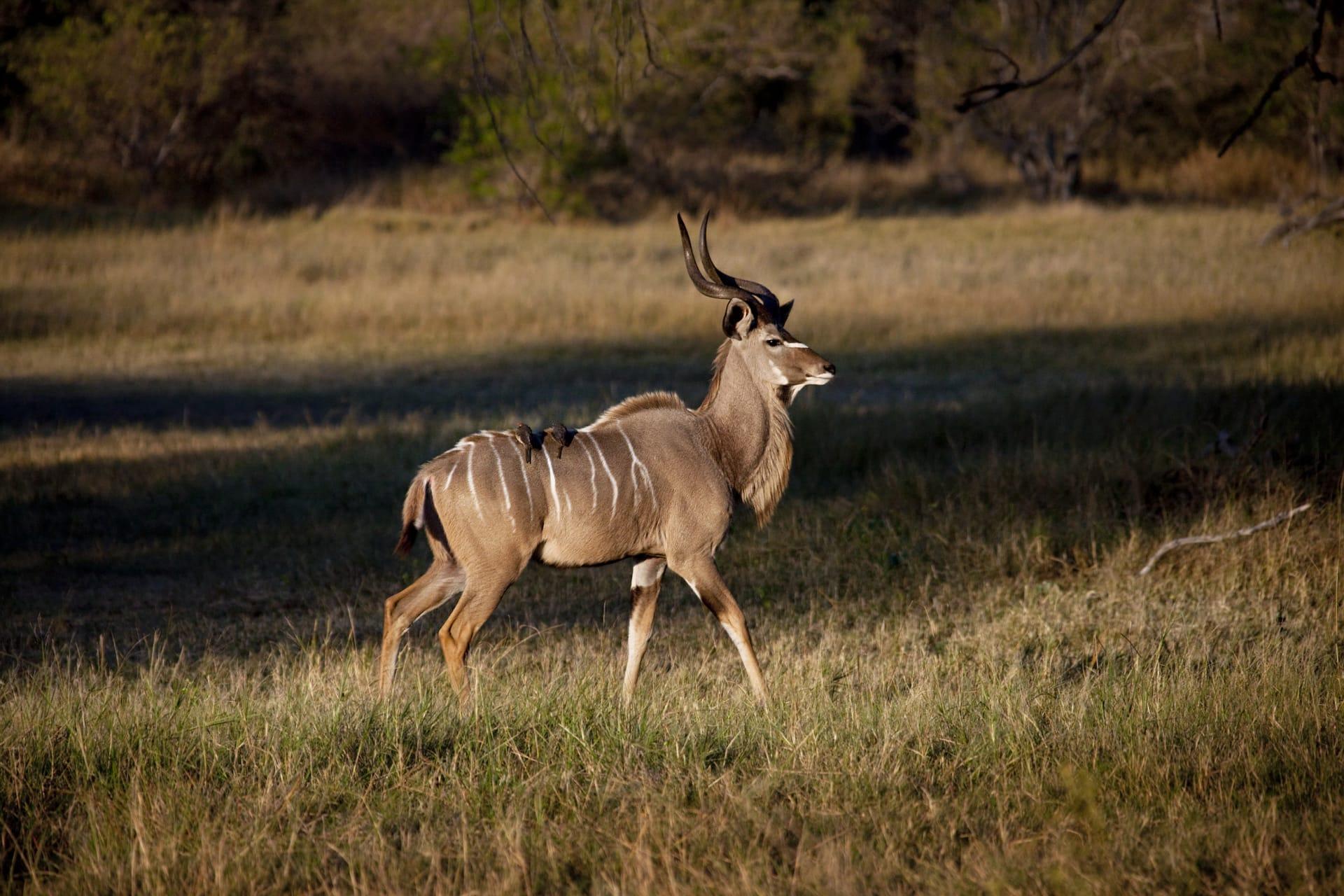1
Antelopes are known for their remarkable speed, with some species like the East African Thomson's gazelle capable of reaching speeds up to 60 miles per hour. This incredible ability not only aids in escaping predators but also plays a crucial role during mating season, as males often engage in high-speed chases to impress females.
Speaking of size, antelopes come in a wide range. The Royal antelope from West Africa, for instance, stands just at about 10-12 inches at the shoulder, weighing only 5.5 pounds, making it one of the smallest hoofed animals in the world. In stark contrast, the Eland, native to eastern and southern Africa, can weigh up to 2,000 pounds and stands nearly 6 feet at the shoulder.

2
Antelopes have a unique adaptation in their horns, which are permanent and made of keratin, the same material as human fingernails. The horns, used for defense and dominance battles, vary dramatically between species. For example, the Greater Kudu’s horns can spiral as much as 2.5 times and grow up to 72 inches long, while the Dik-dik has short, spiky horns that are only a few inches long.
Another fascinating aspect is their digestive system. Many antelopes, like the Wildebeest, are ruminants, meaning they have a complex four-chambered stomach that helps them break down tough, fibrous plant material. This adaptation allows them to extract maximum nutrients from their mainly herbivorous diet, crucial for their survival in diverse environments.

3
Antelopes play a vital role in their ecosystems. In the African savannas, they are a key prey species for large predators like lions and leopards. This predation pressure has a cascading effect on the balance of the ecosystem, impacting vegetation growth and the behavior of other animal species.
Many antelope species exhibit unique social structures. The Impala, for example, are known for their breeding strategy where a single dominant male mates with a harem of females. In contrast, species like the Springbok display a more egalitarian approach, forming mixed herds without a dominant breeding male.

4
Antelopes have remarkable vision. Their large, wide-set eyes give them a broad field of vision, crucial for spotting predators. They can even see in almost a complete circle, enabling them to keep watch for threats from all directions without moving their heads.
During the dry season, some antelope species like the Addax, native to the Sahara Desert, can survive without water for long periods. They obtain moisture from the food they eat and by conserving water through specialized adaptations in their kidneys and digestive system, an incredible survival trait in harsh climates.

5
The Gerenuk, also known as the 'Giraffe Gazelle', has an unusually long neck and can stand on its hind legs to reach leaves and shoots higher up in trees – a feeding behavior not commonly seen in other antelopes. This adaptation gives it access to food sources that others can’t reach, helping it survive in semi-arid environments.
Seasonal migrations are a remarkable feature of some antelope species. The Wildebeest, for instance, undertake one of the world’s most famous migrations in the Serengeti, traveling over 1,000 miles annually in search of fresh grazing lands. This migration is not only a spectacle but also plays a significant role in shaping the ecology of the region.